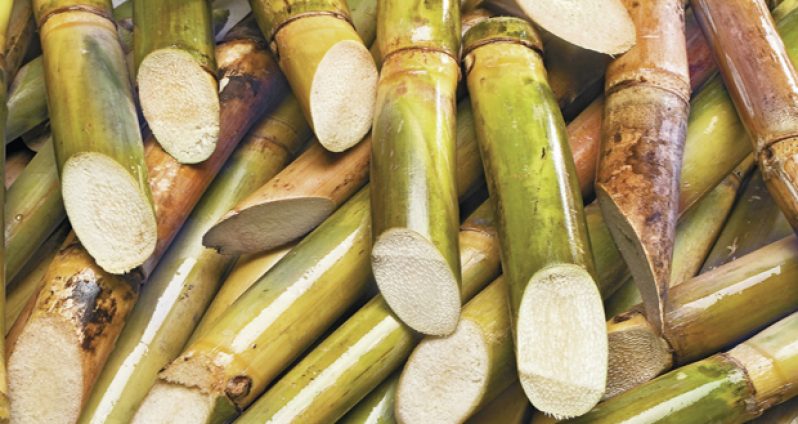SUGAR production came in at 186,500 tonnes for 2013 and 2014’s target has been set at 230,000 tonnes.Minister of Agriculture Dr. Leslie Ramsammy, told the Guyana Chronicle that the new target is possible and stressed that the Guyana Sugar Company (GuySuCo) needs a good year, particularly as it relates to addressing the cash flow challenges it currently faces.
He explained that contrary to the Kaieteur News article earlier this week, under the headline: “GuySuCo in deep financial crisis”, a good year can see the company’s debts being cleared.
The report stated that GuySuCo owed“banks and suppliers in excess of $10.5B” at the close of 2013.
Ramsammy pointed out that while the sum owed seems large to the average person, GuySuCo’s financial transactions are dealings that feature around the billion-dollar mark.
He added that another consideration in understanding the company’s debts is the fact that whether or not the company has a good year, it has to pay workers’ salaries and incentives, the latter being the focus of a massive protest action in the sugar belt in December.
WEATHER CHALLENGE
He acknowledged the criticism in the sugar sector’s ability to realise a turn around, but made it clear that the one factor in the turn around that is being ignored by critics is the weather challenge.
“There are changes that have to be made and in the long-term strategy the changes will have to take into consideration the fact that the regular grinding season has to respond to the weather challenges,” Ramsammy said.
Guyana used to have two wet and two dry seasons of a particular length, on a regular basis, but that has changed. Sugar requires a period of 14 to 20 weeks of completely dry weather during grinding.
“In the last few years, the one major single factor affecting sugar has been the weather,” he said.
The sugar sector has dropped from Guyana’s number one economic contributor, a spot it relinquished to the rice sector, and is now the third main local economic earner, behind gold.
Currently, during the off-grinding season, workers are busy with planting and preparation efforts, while factories are undergoing maintenance works.
The Skeldon and Enmore factories are expected to begin full operations in the third week of January, while the other factories will do so in the first week of February.



.jpg)









